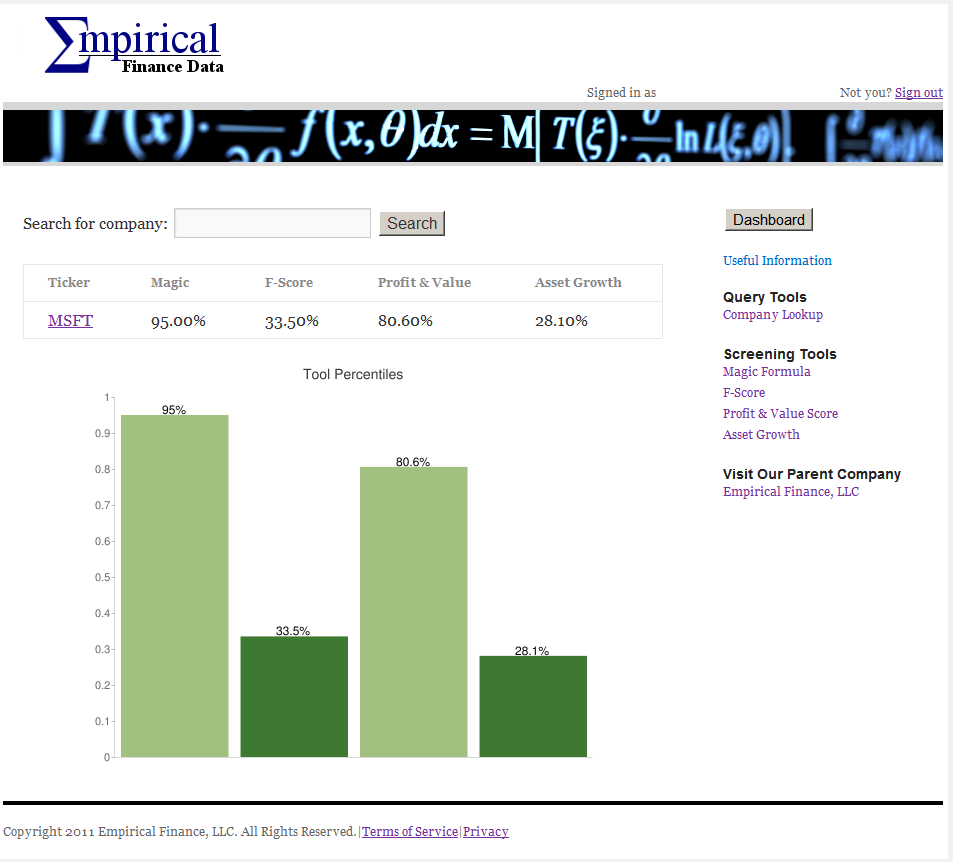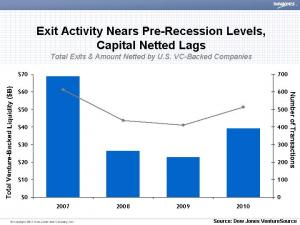This transcript is of a conversation I had with Dr Joey Engelberg, Professor of Finance at the University of North Carolina’s Kenan-Flagler Business School (listen to the podcast). You can always subscribe to Tradestreaming Radio on iTunes.
In my book, Tradestreaming and on my website, I talk a lot about what I call collateral research. This is information that’s inherently non-financial in nature, but that investors are using to aid in their investment decisions.
Using Google Search Data to Invest by tradestreaming
One example I talk about in the book specifically is Amazon sales data. You can go onto Amazon.com, look up best selling computers, and you can get a list at that moment in time, updated hourly, of what’s selling well. So, if you were an investor in Apple, and Apple was introducing a new product to the market, that information, although it doesn’t say specific sales numbers, of what Apple itself is seeing through selling on Amazon, that information is at least important in the sense of how well a product may be received into the market.
Another area of concern for investors, of interest, is Google search data. Google recognizes that itself, and launched about two years ago on Google Finance something called Google domestic search trends, GDST. That’s a mouthful. What that is basically is Google itself is looking at a vertical search, something about the auto industry, unemployment, something where there are a series of search terms around a particular category, and then mapping them against the volume of other search queries.
So, you can get a feel for, qualitatively, how a certain search term or industry is trending vis a vis the rest of the search market. You can then overlay that information on top of an ETF or a mutual fund that may track that industry, and you can get a view for how well some of that data may, or may not influence future price movements.
Today’s guest on the podcast is Joey Engelberg, who studied this actually quite intensely. He’s a Professor of Finance at the University of North Carolina, the Kenan-Flagler Business School. He previously worked at the SEC, as a research specialist.
He recently produced a paper that caught my eye, called In Search of Attention. That basically looks at Google search data and tries to map it to future price movements. He actually did find a correlation that certain abnormal trends in search data can lead to abnormal returns in the stock market.
Continue reading “How to use Google search data to invest (transcript)”










 overlayed on top of stock index charts. GDT
overlayed on top of stock index charts. GDT